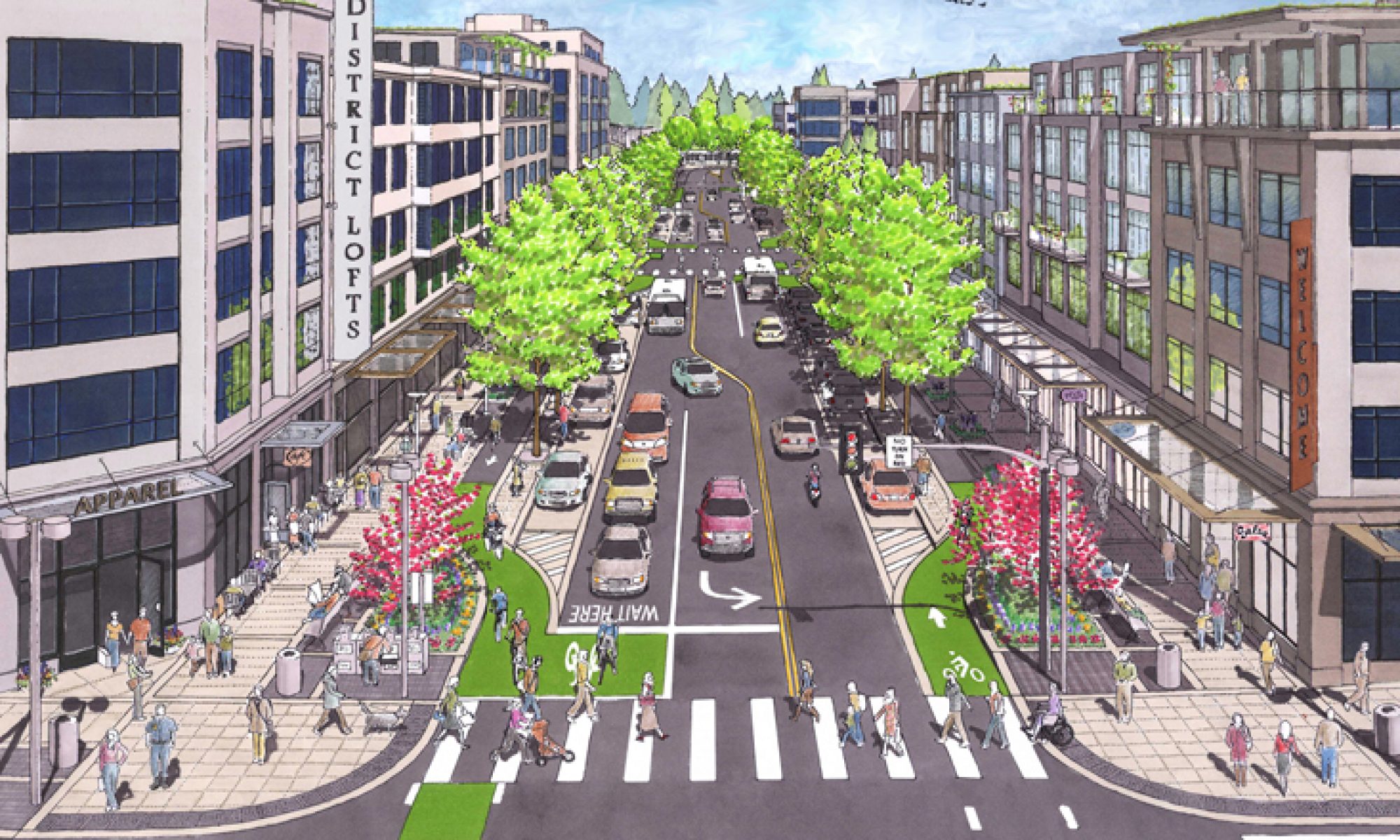We’re happy to have discovered the website and program WalkSafe, the University of Miami pediatric injury prevention program. The blog is great, as evidenced in the piece linked below about the effects of words like “pedestrian” in reporting car crashes.
As we have written before, the use of certain words can dehumanize people. Consider the terms, “pedestrian”, “cyclist”, vs “person walking”, and “person riding a bike”. In the description of a motor vehicle crash (most often erroneously called an “accident”), the person who has been killed is referred to as a “pedestrian” or “cyclist”, without context, effectively blunting the emotional impact of the fatal incident. In this article: “Pedestrian Killed by Santa Barbara City Bus“, as implied in the title the inference is that the bus acted on it’s own. As in so many news articles, the writer seems to be protecting the identity of the driver, and since the driver seems to be absent, the death was an accident with no human victim, and car culture continues.
WalkSafe doesn’t aim educational materials and PSAs at children and their behavior, making them responsible for their own safety, but rather “…advocates for facilities and infrastructure improvements to the school environment by collaborating with local governments, traffic planners, school districts and the community.”
THERE IS A PROBLEM WITH THE WORD “PEDESTRIAN.”
“Last October, we brought this point up on Twitter: The word “pedestrian” needs a rethink. Today, we are giving these thoughts a more permanent home on the WalkSafe blog.
Perhaps it may seem odd for a walking advocacy organization to criticize the word pedestrian. Many advocates – including ourselves – use the word to promote walkability every day.
Nevertheless, the word is flawed. One could argue that it unintentionally works against walking advocacy.
“For starters, let us avoid the word “pedestrian.” A “pedestrian” should simply be a “person walking.” You could even argue that a pedestrian is “a person,” as a pedestrian can be standing too. That is not to say this simple change of language will solve the safety crisis on its own. Far from it. It is, however, one of many micro steps necessary to build emotional support in favor of safety.”
Learn more about WalkSafe:
Each year, an alarming number of pedestrians under the age of 14 are severely injured or killed in pedestrian-hit-by-car (PHBC) incidents. These PHBC rates are particularly high in the State of Florida and in its largest county, Miami-Dade.
Learn more…






















